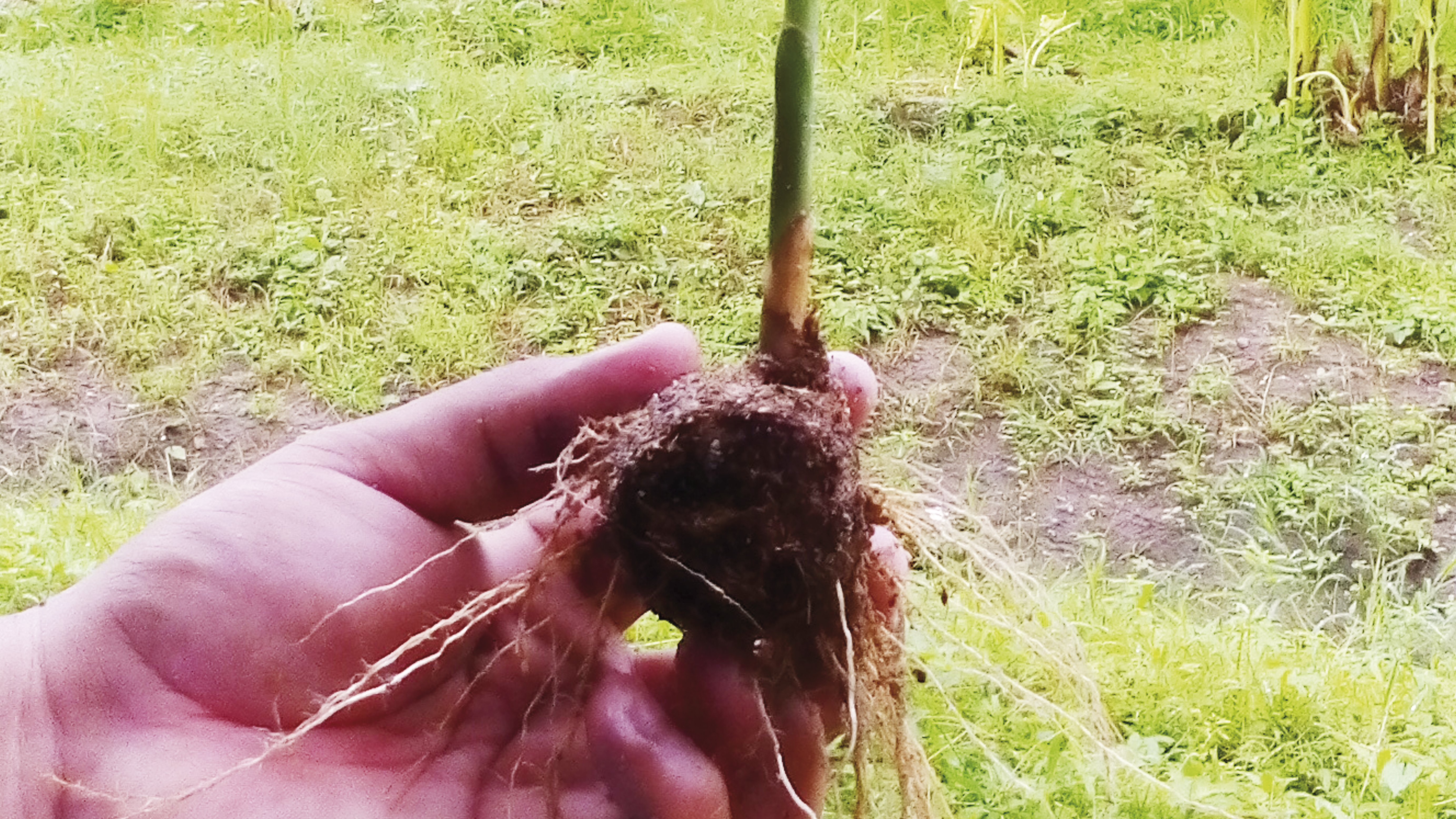Artificial seed viability of sugarcane (Saccharum officinarum L. cv. Mex 69-290) under conditions of Huimanguillo-Tabasco, Mexico
Palabras clave:
semilla artificial, caña de azúcar, viabilidad, encapsulados, germinaciónResumen
To develop an artificial seed of sugar cane using sodium alginate and starch, it was possible to bring shoots resistance and protection in addition to a germination of 100 and 84%, respectively. In order to improve the technology of the artificial seed of sugarcane, two experiments were carried out to evaluate different polymer concentrations (sodium alginate and starch) and determine the maximum storage time for the artificial seed, using a completely random design, and a factorial 5x5 completely random design. The study variables were as follows: physical condition, rheological, mechanical test and seedling emergence. The results obtained have allowed to us to conclude that the best physical condition, resistance and seedling emergence, were obtained with 2% (w/v) sodium alginate and 15% (w/v) starch, corroborating that the initially proposed encapsulation is reliable for the artificial seed elaboration. The seed viability at the fifth day of elaboration was the best choice with a seedling emergence of 100 % at the 30 days of planting. Therefore, artificial seed can only be stored for five days to ensure a 100% seed germination.
Descargas

Descargas
Publicado
Cómo citar
Número
Sección
Licencia
Aquellos autores/as que tengan publicaciones con esta revista, aceptan las Políticas Editoriales.










.jpg)




